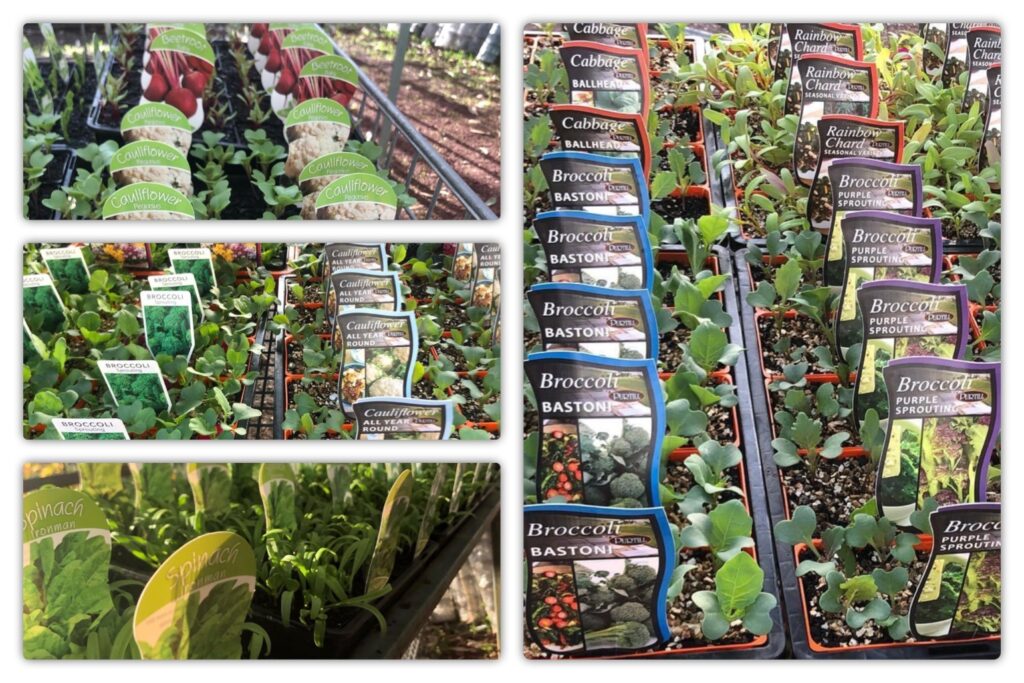When it comes to growing veggies healthy soil plays an important role. Here are a few tips for healthy soil.
- Grow veggies using a crop rotations system. Grow plants from different families and each season this helps to ensure each crop has the nutrients it needs and reduce pests and disease. Form more information visit http://www.baag.com.au/crop-rotation/.
- Give back to the soil by adding manures (cow to improve soil structure and chicken to add nitrogen and phosphorus), blood and bone (slow release), compost (a mix of available and slow release manures), seaweed (can help with transplant shock), liquid feeds and teas (worm, weed and comfrey, powerfeed), grow green manures.
- Mulch well with a straw mulch such as pea straw, lucerne or sugar cane mulch.
Protect your crops from pests
- Use snail barriers, traps or baits to keep snail and slugs from eating young seedlings.
- Use barriers (such as netting) and decoys to keep cabbage moth at bay.
- Consider companion planting, which can both protect your plants, attract beneficial pollinators and nurture all plants, refer to https://www.sgaonline.org.au/companion-planting/ for more information and examples of companion planting.
Raising Veggies from seed
- Some veggies and herbs are best when seeds are sown direct into the garden bed avoiding all interference to root system, root vegetables (such as carrot, radish,and beetroot), beans and peas and coriander. Other will benefit from a bit more of a sheltered start.
- When sowing seeds either direct to beds or into punnets the size of the seed will be a guide to how deep to sow. Very fine seeds can be covered lightly with a sprinkle of fine soil or vermiculite. Larger seeds can be covered a bit more generously.
- When growing in punnets use a good seed raising mix (either store bought or home made) and don’t allow it to dry out.
Transplanting seedlings
- Use a sharp clean knife to cut apart seedling punnets rather than tearing apart which can damage the root system.
- Space plants well to avoid competition and allow for good air flow
- Plant into well prepared soil
- Water well. Seaweed can be used at this time to help prevent transplant shock.
- Mulch well.
Template for cabbage moth decoy:
https://www.selfsufficientculture.com/attachments/cabbage-moth-decoys-jpg.2501/

